Article
Proper maintenance and utilization of space is an important criterion in orthodontics, especially in cases where space has been created by atypical methods. Here an innovative transpalatal arch has been suggested to maintain space created by anterio-posterior distraction. This method serves as an aesthetic pontic and, during subsequent space closure, the acrylic pontic attached to the transpalatal arch can be sequentially trimmed.
A space maintainer is an intra-oral appliance used to maintain arch length subsequent to premature loss or extraction of primary or permanent tooth/teeth until the space is utilized for the desired purpose. In the mixed dentition, the space created by loss of deciduous teeth needs to be maintained till the eruption of their successors. In the permanent dentition, the space may be utilized for desired tooth movement. Achieving the desired post orthodontic tooth positions is difficult if such space is lost.
Various space maintainers have been used for orthodontic purposes.1,2 The most commonly used ones include, the transpalatal arch (TPA), the nance palatal arch and the lingual arch. The transpalatal arch and nance palatal arch can be used in both mixed and permanent dentitions, but they do not control the vertical movement of the opposing dentition in asymmetrical extraction cases. In addition to this, the acrylic button of the nance palatal arch may cause tissue irritation. Both appliances do not control the distal movement of the anteriors in any extraction space.3
Most orthodontic patients are worried about the visibility of extraction spaces during the course of the treatment. Many alternative solutions have been suggested to the use of temporary aesthetic composite pontics and riding acrylic pontics.4 Both these have limited application in the prevention of the eruption of an opposing tooth into the extraction space. The chances of repeated breakage of aesthetic composite pontics and the questionable stability of riding pontics is a cause for concern.
Space maintainers can be removable or fixed, unilateral or bilateral and can be specific to a particular arch.3 Unilateral fixed appliance space maintainers are used in the mixed dentition. They are simple to fabricate and can be used bilaterally, but they do not control the supra-eruption of opposing teeth. Their placement does not permit simultaneous space closure. The removable appliance depends on the patient's compliance.
The present design modification of the transpalatal arch is proposed in order to:
In the present case (Figures 1–5), anterior maxillary distraction was performed and the appliance was removed after a consolidation period of 3 months. The maintenance of the space gained for its appropriate utilization for orthodontic alignment and prosthetic replacement is important in such cases.5,6 The gained space after the distraction was maintained with the help of the modified transpalatal arch.


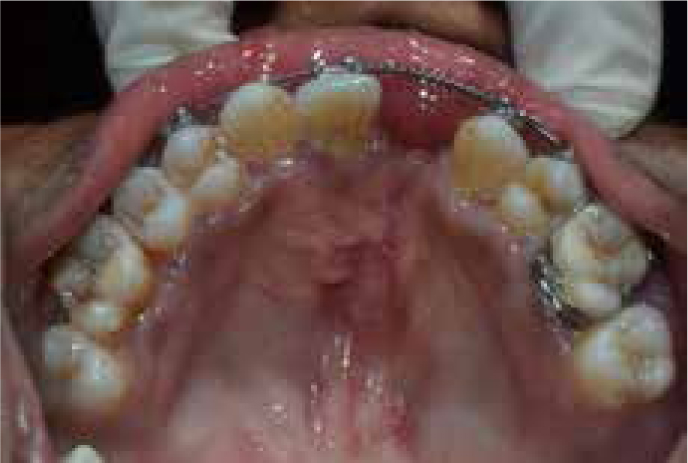
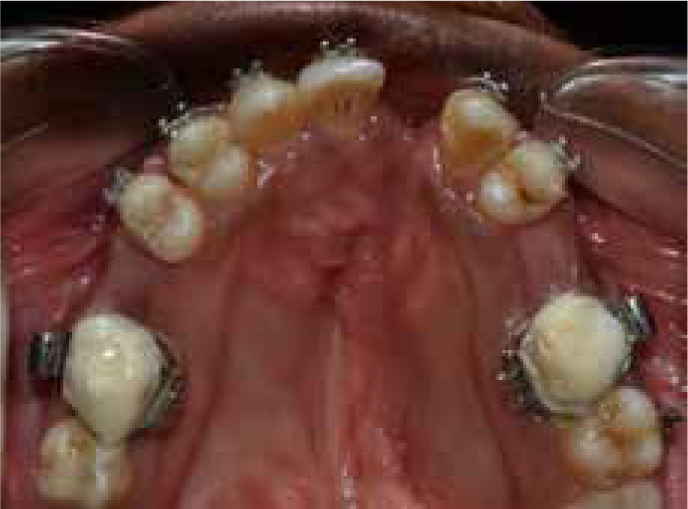

The design of the transpalatal arch was modified to work as a space maintainer as follows:
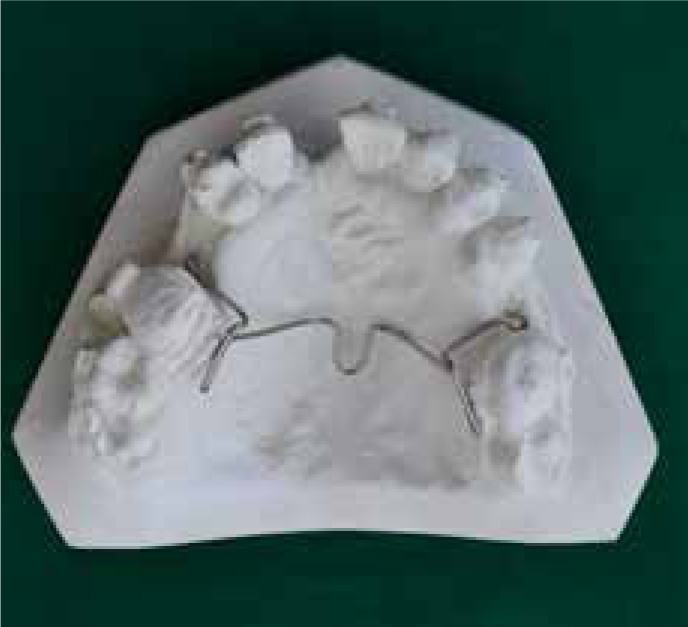
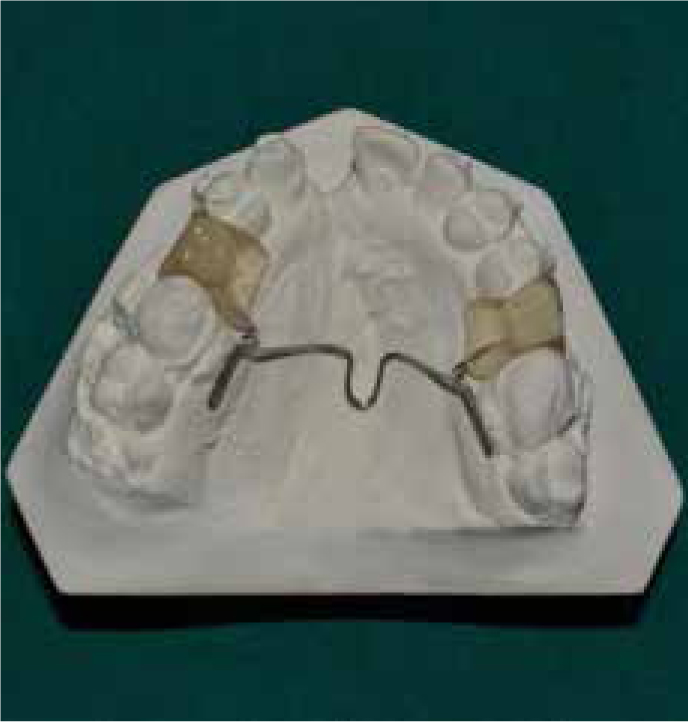
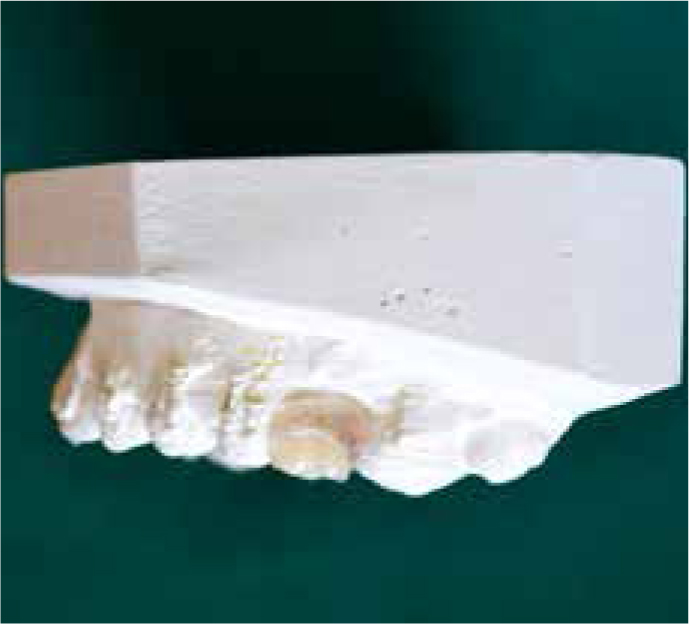
The proposed design of the TPA therefore serves as a prosthetic replacement for the patient and as a space maintainer for the orthodontist. This design can also be applied in atypical molar extraction cases in order to preserve anchorage and maintain space for retraction, can be modified to act as a bite block, and can also serve as an aesthetic pontic to mask the premolar extraction space in orthodontic patients.
